1. The neon beacon and the parking lot debate
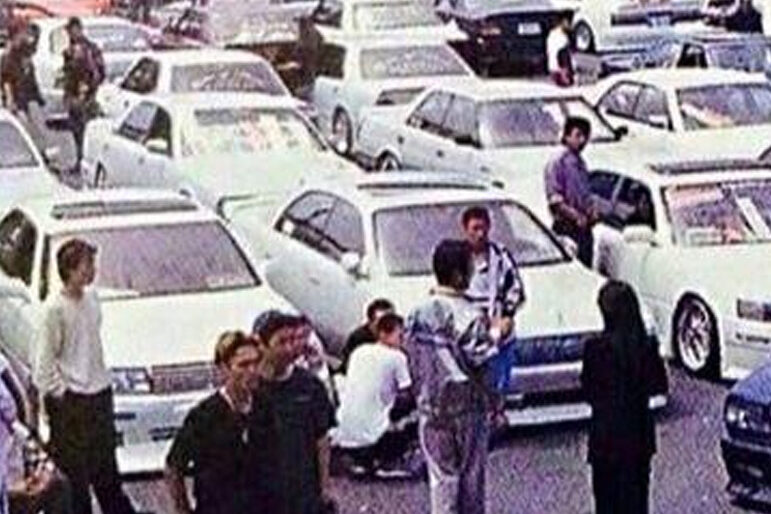
Before algorithms, there was a glowing storefront and a car full of opinions. You’d bargain in the parking lot, arguing action or rom-com or something for the kids, because once you entered those aisles, democracy dissolved into impulse. The sign buzzed, the doors whooshed, and a whole Friday night came into focus. There was a rhythm to it, a ritual everyone knew. The smell of plastic cases, the hum of fluorescent lights, and that quiet excitement before choosing made movie night feel like a ceremony. It was never just about watching; it was about discovering together.
2. Membership cards as passports to weekend freedom
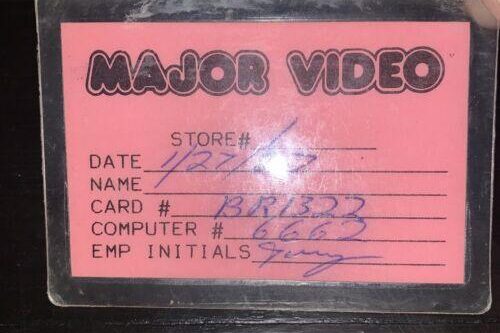
That laminated card in your wallet mattered more than a credit score. You’d fill out the form at a plastic counter, pick a secret four-digit PIN, and promise to rewind every tape you borrowed. The clerk would slide your card across the counter like a golden ticket. Holding it meant access to everything from new releases to dusty old classics. You were now part of a club that met under bright lights and smelled faintly of popcorn. That little rectangle made weekends feel official, and it carried the promise of laughter, suspense, or comfort waiting in your VCR.
3. The sacred new releases wall and the empty case heartbreak
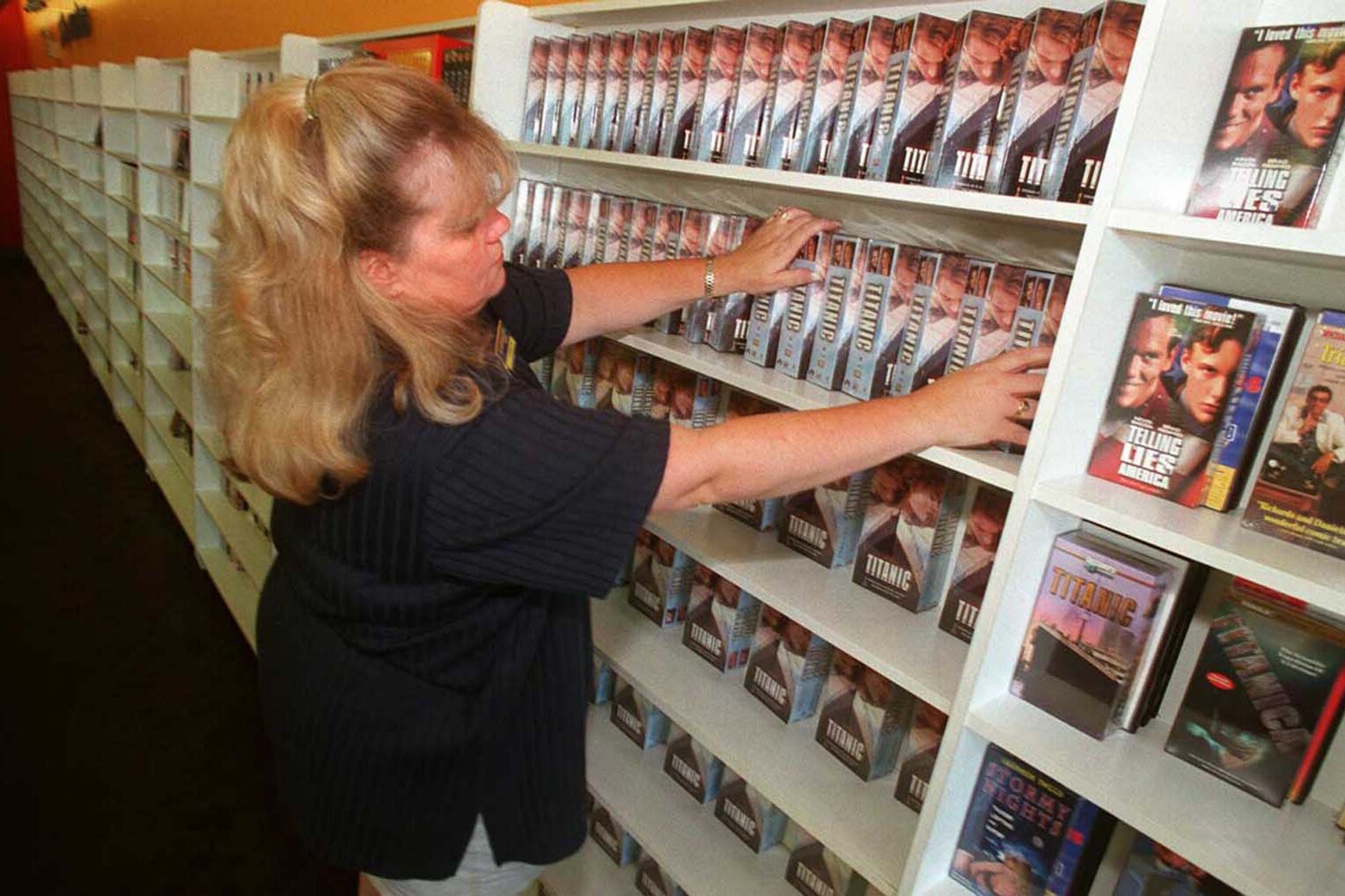
Studios shipped too few copies and demand did the rest. You’d see a glorious grid of hot titles only to realize most were just display sleeves with nothing behind them. The hunt began as you scanned for that one lonely case hiding on the bottom shelf. Finding it felt like unearthing treasure, especially when someone else arrived seconds too late. It was part of the game, part of the thrill. Even disappointment carried a strange charm because the chase itself made the victory of finding the right movie feel personal, earned, and deeply satisfying every single time.
4. Staff picks that doubled as film school
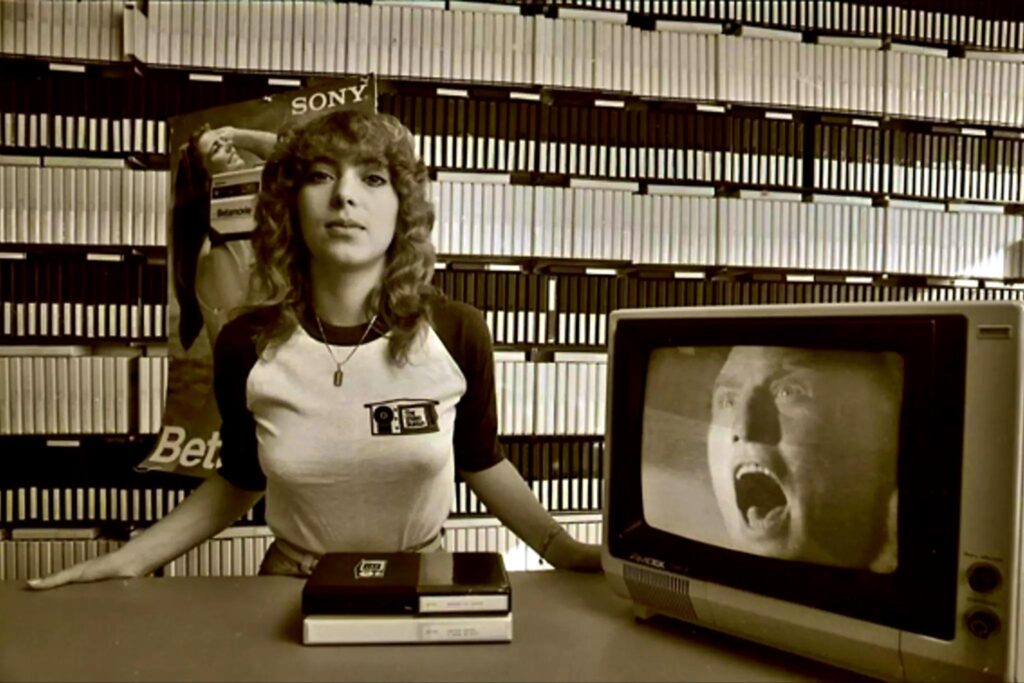
Handwritten index cards labeled with “Tara’s Picks” or “Mike’s Musts” turned store clerks into secret teachers. Their little notes were movie recommendations before algorithms existed. They led you to oddball comedies, grainy thrillers, and heartfelt dramas you never knew you needed. Those handwritten signs felt personal, like insider tips shared by a friend. Sometimes you picked something purely because of their enthusiasm. You might not have understood the film, but you trusted the voice behind the card. Long before streaming queues, this was how we discovered taste, style, and stories that stayed with us long after returning the tape.
5. Box art that sold a dream the movie could not always keep
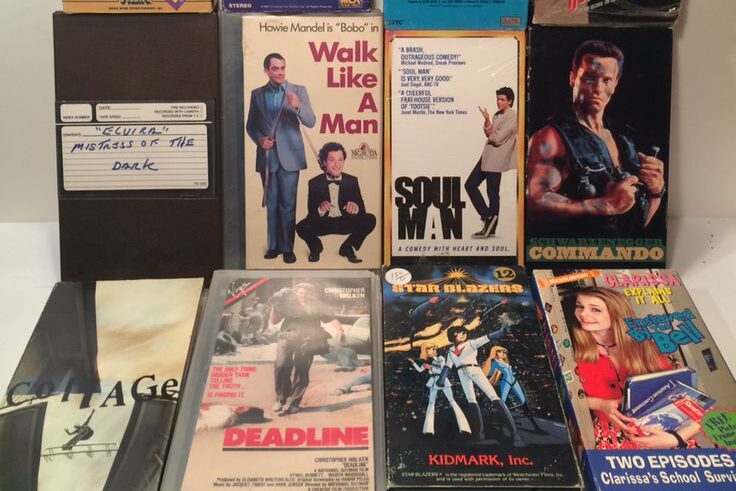
Airbrushed explosions, chrome titles, and impossible muscles screamed from the shelves, begging you to take them home. The horror section was a sea of skulls and slime, while romantic comedies overflowed with windblown hair and smiling faces. We judged quickly, cover first and plot later. Sometimes the box promised more than the movie could deliver, but that was part of the fun. The artwork was theater in itself, drawing you into worlds of imagination. Even when the story disappointed, the glossy covers made you feel like you had already stepped into something larger than life and worth remembering.
6. The tactile soundtrack plastic clamshells and fuzzy stickers
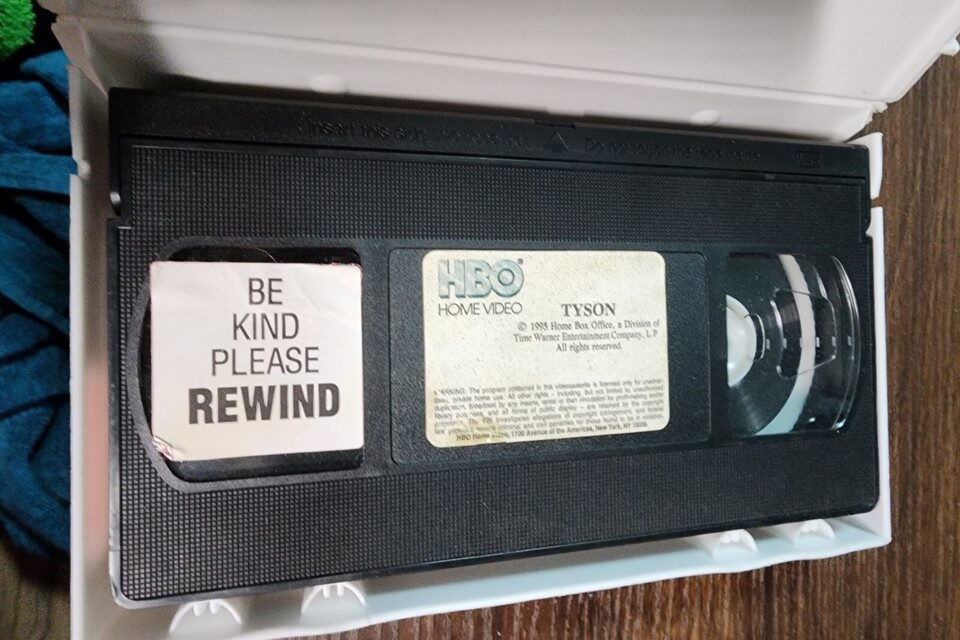
Everything had a sound. The clack of VHS cases opening, the shuffle of tapes sliding across shelves, and the soft thud of returns dropping into metal bins after hours. Stickers warned “Be Kind, Rewind” or “Do Not Drop.” Each click and scrape created a kind of soundtrack unique to the store. The noise, the smell of plastic, and the weight of a tape in your hand made the experience feel tangible. You were not just picking a film; you were handling a memory. It gave the act of watching a movie a texture, something physical that streaming could never imitate.
7. The social choreography of browsing
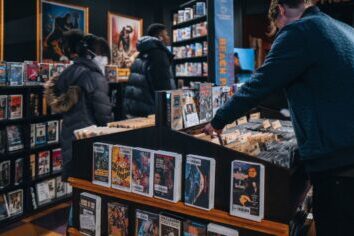
The aisles had their own rhythm. Strangers performed a quiet dance, stepping aside so others could peek at the same shelf. Couples whispered and negotiated choices, while kids campaigned with armfuls of cartoons and wide eyes. Sometimes you locked eyes with someone who picked the same favorite movie, creating a fleeting bond between two browsers. The store was part cinema, part social club, where silent interactions carried warmth. You learned patience, timing, and compromise as you moved through those aisles. It was movie night before movie night even began, filled with smiles, sighs, and tiny moments of connection.
8. Late fees, due dates, and the calendar math of joy
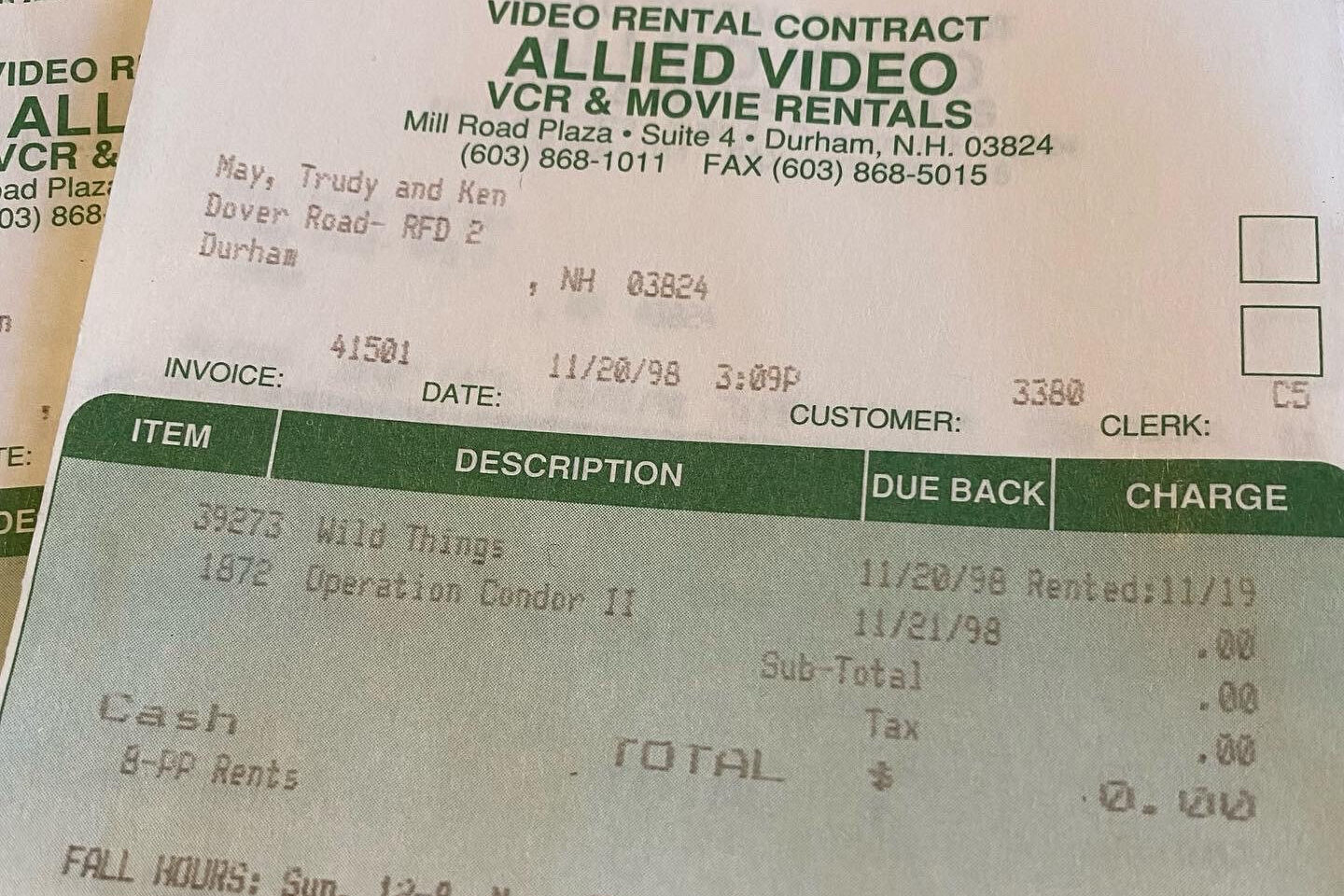
A 48-hour rental felt like a secret mission. Could you squeeze in two viewings, or would life get in the way? Receipts pinned to fridges became contracts reminding you to return happiness on time. Forgetting meant facing a few extra dollars and a guilty smile at the counter. Late fees hurt a little, but they also proved the movie was too good to rush. Each due date carried quiet suspense, the kind that made you value every moment. We managed entertainment through calendars and clocks, turning time itself into part of the magic of renting and returning.
9. The VCR as a family appliance and a minor deity
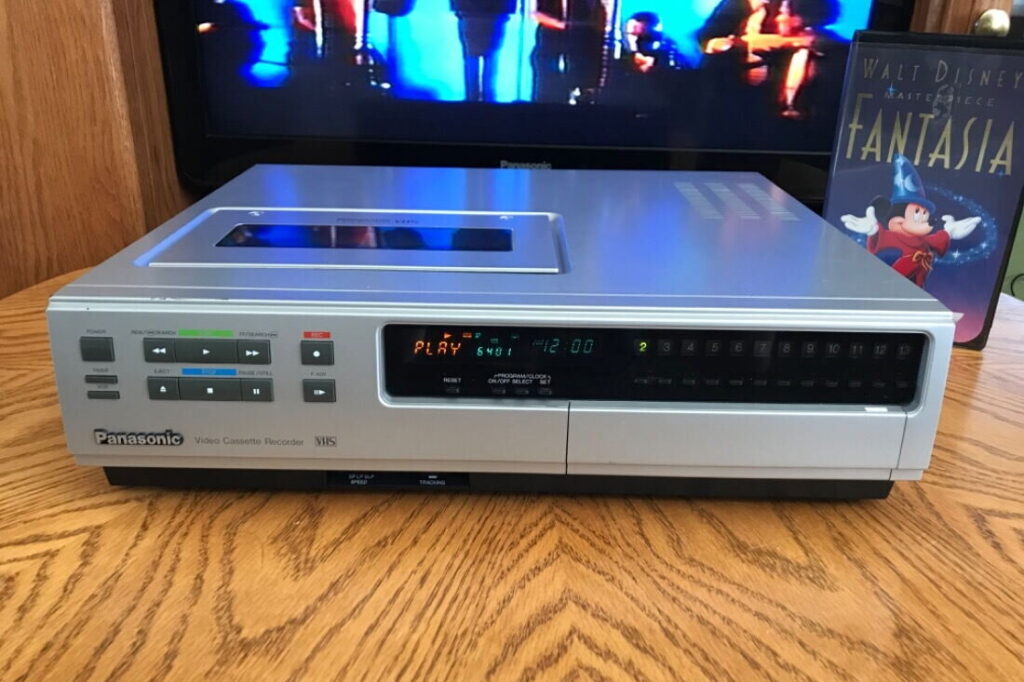
The VCR blinked 12:00 endlessly, mocking every attempt to set the time. It demanded gentle handling and regular negotiation. You learned to slide tapes carefully, adjust tracking knobs, and pray it did not eat the ribbon. When it worked, the living room became a private theater. The machine was both fragile and sacred, a box of mystery that transformed movie night into ceremony. Parents feared breaking it, kids treated it like treasure, and together we all gathered around its hum. It taught patience, care, and respect for entertainment in a way no digital button ever could.
10. Double features built by vibe not genre tags
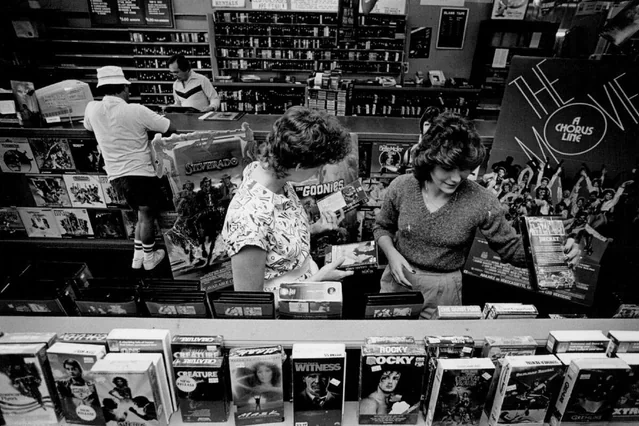
Choosing two tapes felt like curating your own festival. You might pair a summer blockbuster with an old noir or follow a monster flick with a feel-good comedy. The goal was not category but feeling, making sure the night ended on the right note. Sometimes the order mattered more than the titles. People built emotional playlists before algorithms knew what moods were. There was freedom in that mix, a kind of creative spark that came from instinct and imagination. Movie night was not only about watching but creating an experience that fit the people in the room.
11. Rewinding as a finale and a courtesy
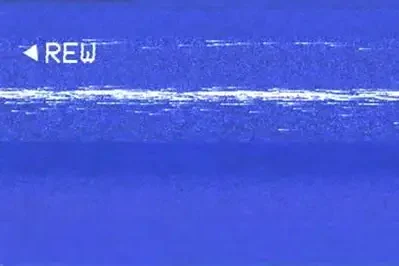
The whirring rewind sound marked the end of something special. It was the slow fade-out before the credits rolled. Some decks rewound in seconds while others took their time, making you wait through a soft hum that felt almost meditative. Returning a tape fully rewound was a sign of respect for whoever came next. It closed the loop, both literally and emotionally. You watched, you rewound, you returned. It was simple, but it meant something. It was the small, final act that made the whole process of renting feel complete, polite, and quietly satisfying every single time.
12. The goodbye we did not know we were saying
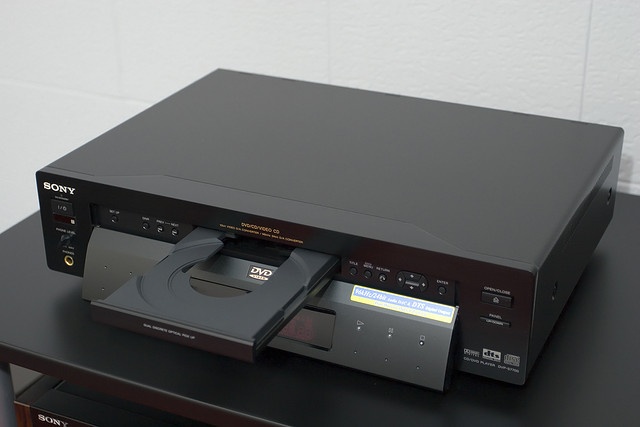
When DVDs appeared, aisles started to thin, and the ritual faded quietly. We gained convenience but lost a piece of connection. The video store had been a weekly meeting place, a shared adventure filled with choice, curiosity, and community. Without it, movie night became lonelier, quieter, easier, but less alive. Those aisles taught us to browse with our hearts, not just our thumbs. Maybe that is why nostalgia lingers so warmly. We did not just lose a store; we lost a ritual of togetherness that streaming could never replace, no matter how perfect the picture quality became.
This story 12 Things Everyone Forgot About Video Stores in the ’80s and ’90s. was first published on Daily FETCH


